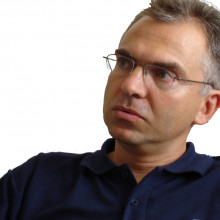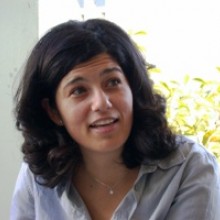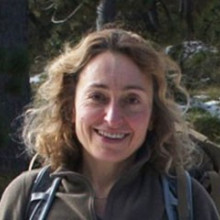
Project Website [1]
The IPERION HS consortium is determined to take up the challenge outlined in the Horizon 2020 for European research infrastructures, which calls for the establishment of a unique European research infrastructure for Heritage Science. Heritage Science is the interdisciplinary domain of scientific study of heritage. Heritage Science draws on diverse humanities, sciences and engineering disciplines. It focuses on enhancing the understanding, care and sustainable use of heritage so it can enrich people’s lives, both today and in the future. Heritage science is an umbrella term encompassing all forms of scientific enquiry into works of man and combined works of nature and man of value to people.
IPERION HS integrates national facilities of recognized excellence in Heritage Science and aims at establishing a distributed RI with a sustainable plan of activities, including offering access to a wide range of high-level scientific instruments, methodologies, data and tools for advancing knowledge and innovation in Heritage Science. IPERION HS connects researchers in the Humanities and Natural Sciences and fosters a trans-disciplinary culture of exchange and cooperation for the growth of the European Research Area. IPERION HS pursues the integration of European world-class facilities to create a cohesive entity playing a leading role in the global community of Heritage Science.
Since 2016, Heritage Science is included in the ESFRI Roadmap (https://www.esfri.eu/roadmap-2016 [2]) as one of the strategic areas in the domain of Social Sciences and Humanities, where it is represented by the ESFRI Project E-RIHS, European Research Infrastructure for Heritage Science (www.e-rihs.eu [3]). With regards to E-RIHS, IPERION HS will provide the heritage science community with a further level of pan- European integration.
The commitment of the advanced community to launching IPERION HS culminated a trajectory of successful integration initiatives, counting milestone projects spanning across four Framework Programmes – with the continued support of the EC – approaching 20 years of continuous service to the heritage science domain (Labs-TECH, Eu-ARTECH, CHARISMA, IPERION CH [4]). This advanced community integrates major centres of research in heritage science, outstanding research institutes, prestigious research laboratories and conservation centres in heritage institutions and universities. IPERION HS is a further step towards a unified scientific approach to the most advanced European instruments for the analysis, interpretation, preservation, documentation and management of heritage objects in the fields of art history, conservation, archaeology and palaeontology.
IPERION HS consists of partners from 23 countries clustered around their national nodes. This is close to double the number of countries participating in the last project IPERION CH. IPERION HS includes the Member States, Associated countries and extra-European countries (US, Mexico and Brasil).
ICCROM [5] is a special observer inside the consortium.
CATALOGUE OF SERVICES
2nd open call
1st February 2021 – 30th June 2021
IPERION HS offers Transnational Access (TNA) to a wide range of high-level scientific instruments, methodologies, data and tools for advancing knowledge and innovation in the field of Heritage Science. Researchers in the academy, public institutions and industry can submit single or multi-analysis proposals, IPERION HS selects the best proposals and covers the costs of this activity. The TNA program offers a vast portfolio of services and activities distributed in 16 countries in Europe and the Associated Countries aiming to propose solutions to the needs of the Heritage Science community.
The combined activity promotes the development of advanced research in the examination and conservation of works of art, offering users the access to unique European resources for in situ and laboratory investigations on artwork materials through three TNA platforms: ARCHLAB, FIXLAB and MOLAB.
IPERION HS aims to deliver to the users (from experienced to primary users) not only experimental resources but also methodological approaches, compliant best practices, tools and technologies to permit them to carry out their projects in conditions otherwise impossible for them.
SERVICE PLATFORMS
ARCHLAB [6]
Access to physical and digital (offline) data collections in European museums or conservation institutes, such as objects, technical images, samples and reference materials, analytical data and conservation documentation.
FIXLAB [7]
Access to key fixed facilities for heritage science research, e.g. particle accelerators, neutron and laser sources and other non-transportable research facilities.
MOLAB [8]
Access to a comprehensive selection of mobile analytical instrumentation for in-situ measurements (close-range and remote sensing) on objects, collections, buildings, and sites, allowing non-invasive investigations for complex multi-technique diagnostic projects.
Principal Investigator
Scientific Staff
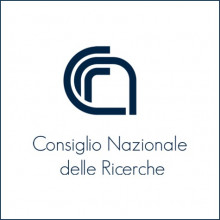
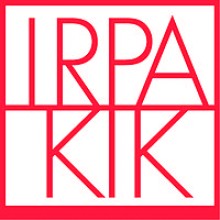
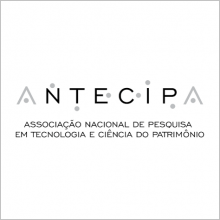

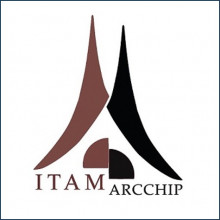
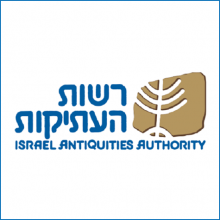
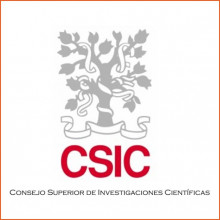
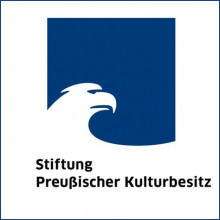
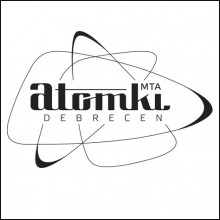
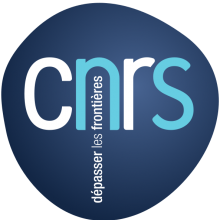
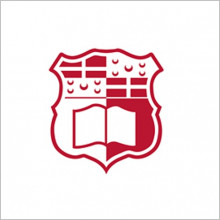
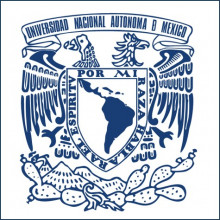
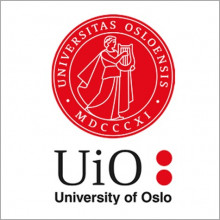
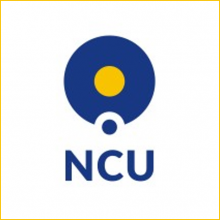
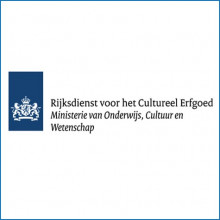
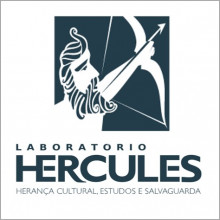
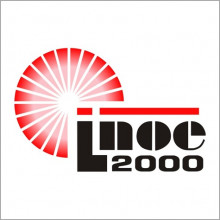
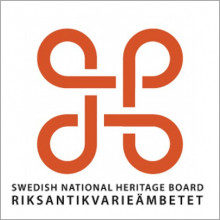
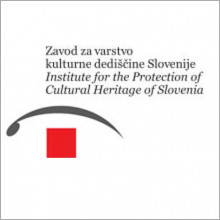
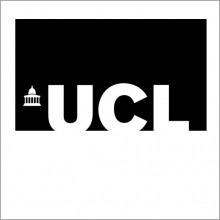
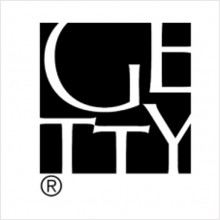
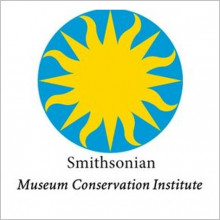
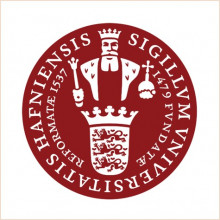
Funding




